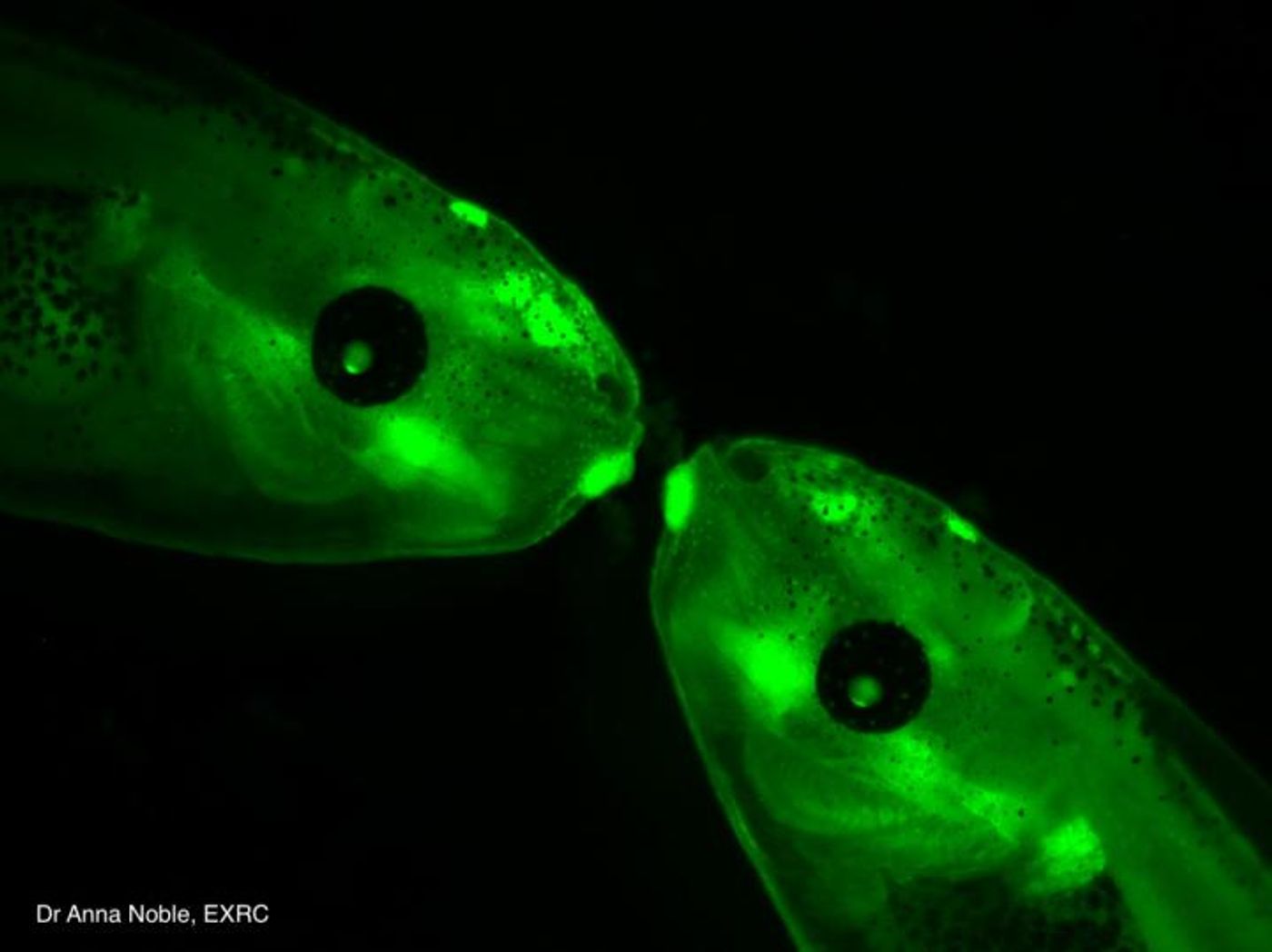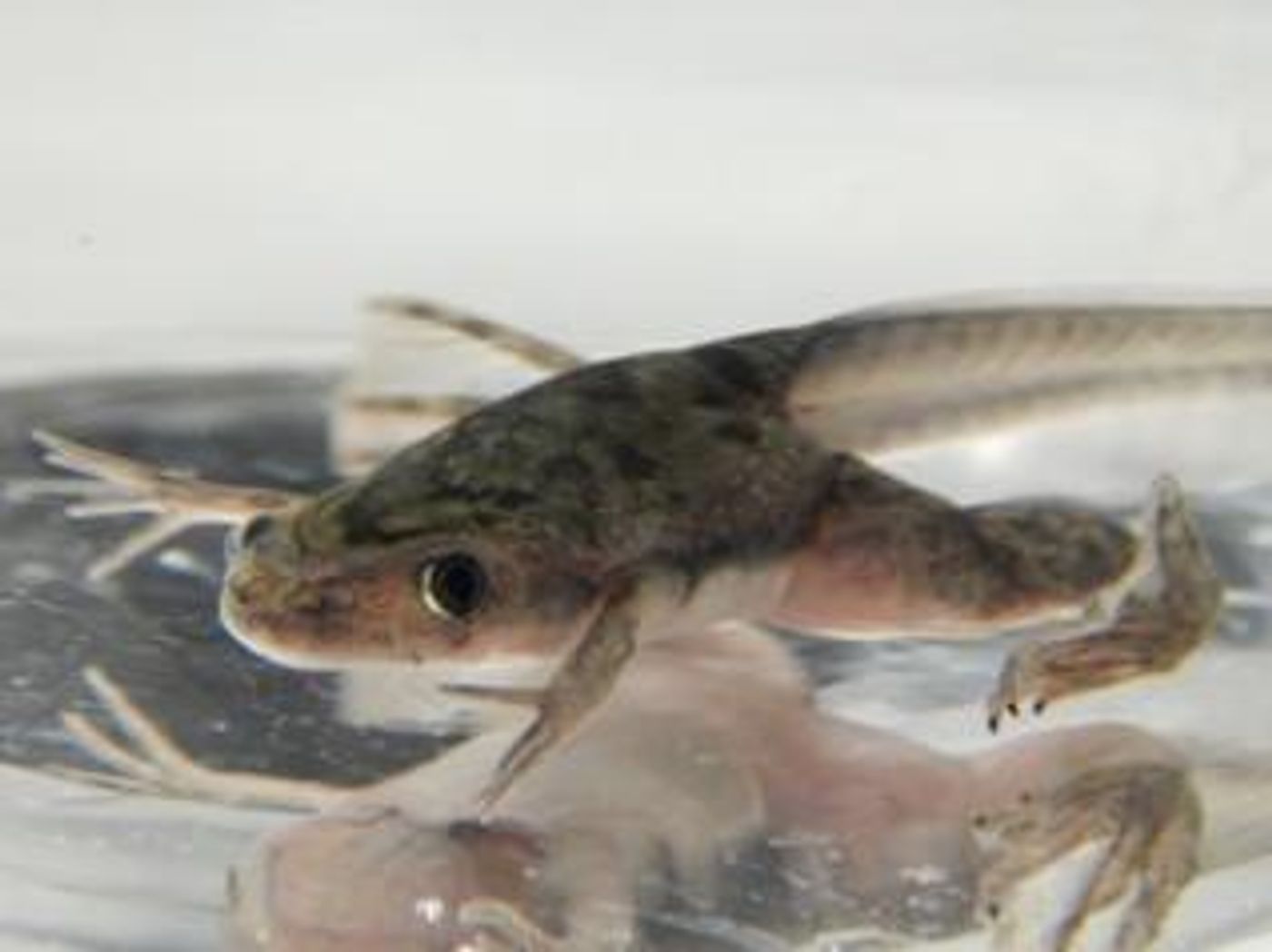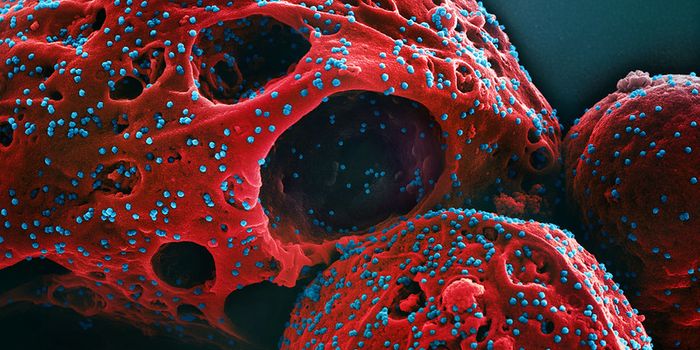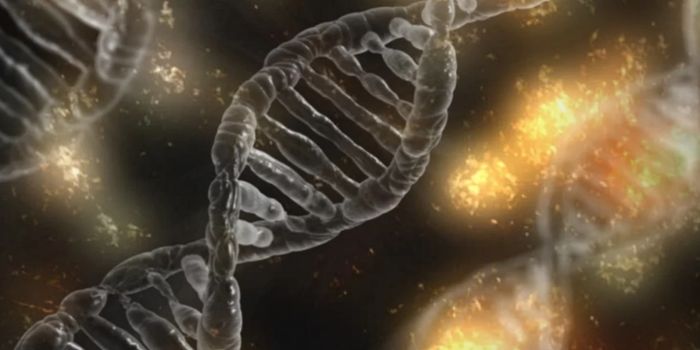A New Neurodevelopmental Disorder is ID'ed
Researchers have identified a genetic disease that causes neurodevelopmental disorders in some affected children. The disease is so new it does not have a name, but it's now known to be caused by mutations in a gene called coat protein complex 1 (COPB1). It can cause microcephaly, in which a child's head is smaller than expected for its age and sex, and delays in intellectual development or early-onset cataracts.
The research, which has been reported in Genome Medicine, may help researchers develop treatment approaches or screening tests that can help patients and their families.
In this study, the scientists were able to obtain DNA samples from patients and their families, which was sequenced to reveal the mutations that were likely to blame for the disease. The investigators used tadpoles to model the effects of the genetic mutations they'd identified in the patient's COPB1 genes. They found that tadpoles carrying these mutations had smaller brains (to varying degrees) than a control tadpole group. Many of the mutant tadpoles had cataracts as well. That led the researchers to conclude that the COPB1 mutations cause the disorder seen in human carriers.
"This is the first time that the tadpole has been used in such a direct way to help solve a clinical challenge," said study co-author Professor Matt Guille of the Epigenetics and Developmental Biology research group at the University of Portsmouth. "In our initial experiments to test the link between a genetic variation and a disease we found to our surprise that by altering the DNA of tadpoles, four times out of five we could re-create the disease-related changes seen in human patients. This will allow us to support our colleagues in providing more timely, accurate diagnoses that patients and their families so desperately need."
"Next-generation sequencing is transforming our ability to make new diagnoses and discover new causes for rare disorders. This story started with sisters I saw in [the] clinic without a known underlying cause for their signs and symptoms," noted study co-author Diana Baralle, Professor of Genomic Medicine and a clinical geneticist at the University of Southampton. "Looking closely at their genes, along with further functional molecular work and Xenopus studies, we saw that this was a new previously undescribed syndrome. A diagnosis is so important to the family."
While rare diseases only impact a small number of people, those impacts are typically life-changing for those affected. Children are typically identified with rare genetic disorders because they often alter development and have lasting impacts. Studies on these diseases can tell us a lot more about biology and the function of the genes that are found to cause rare diseases when mutated.
Professor Guille noted that tadpoles are a good model for genetic studies; they can often be performed in only three days.
"We now need to extend and improve our technology to make it applicable to the wider range of disease-related DNA changes provided to us by our clinical collaborators," said Professor Guille. "If the clinical researchers find the information sufficiently useful, then we will continue to work together to scale up the pipeline of gene function analysis so it can be used to direct effective interventions for a significant number of patients."
Sources: AAAS/Eurekalert! via University of Portsmouth, Genome Medicine










